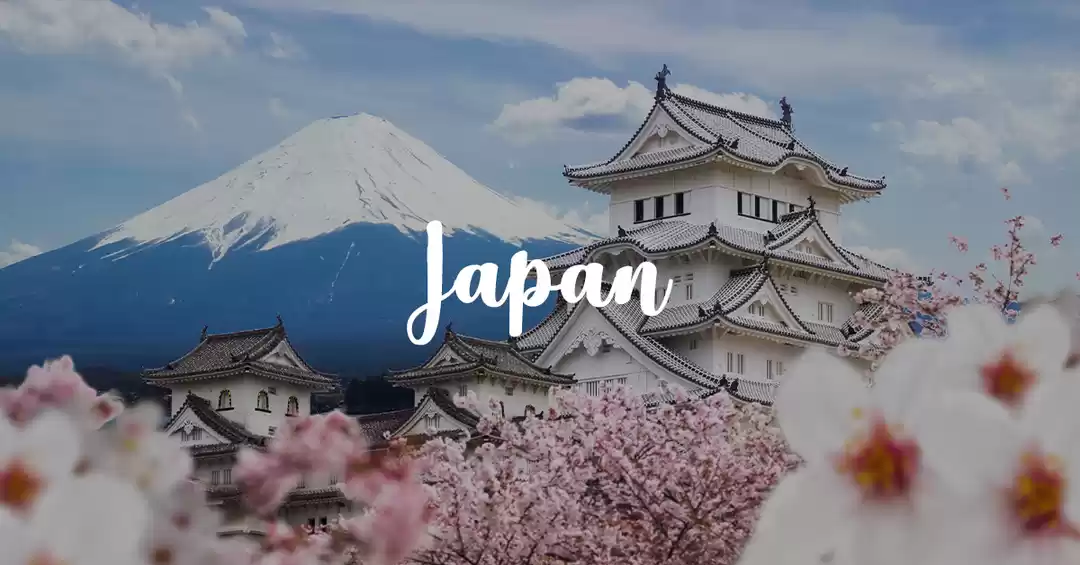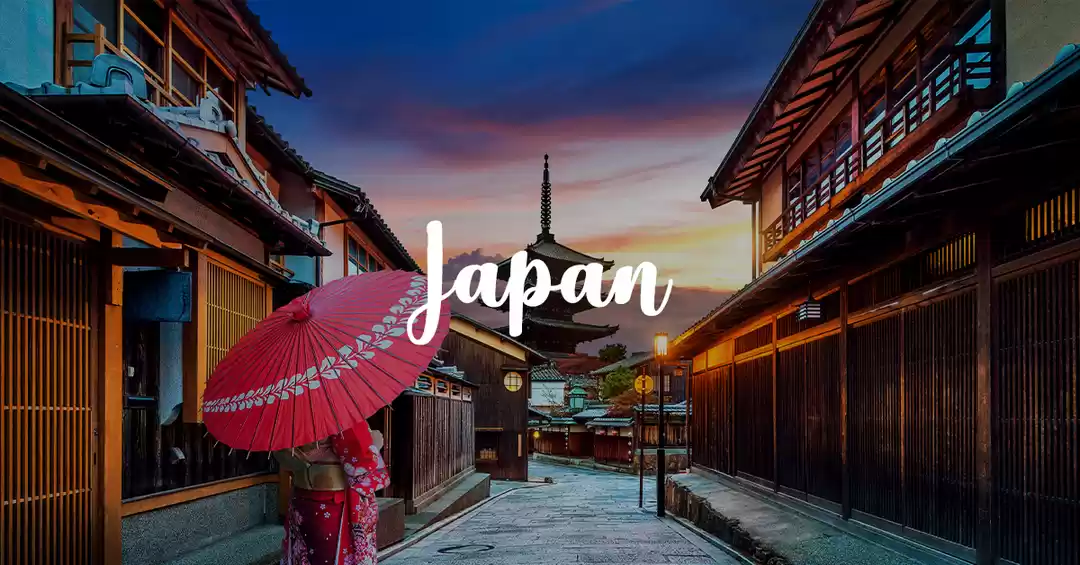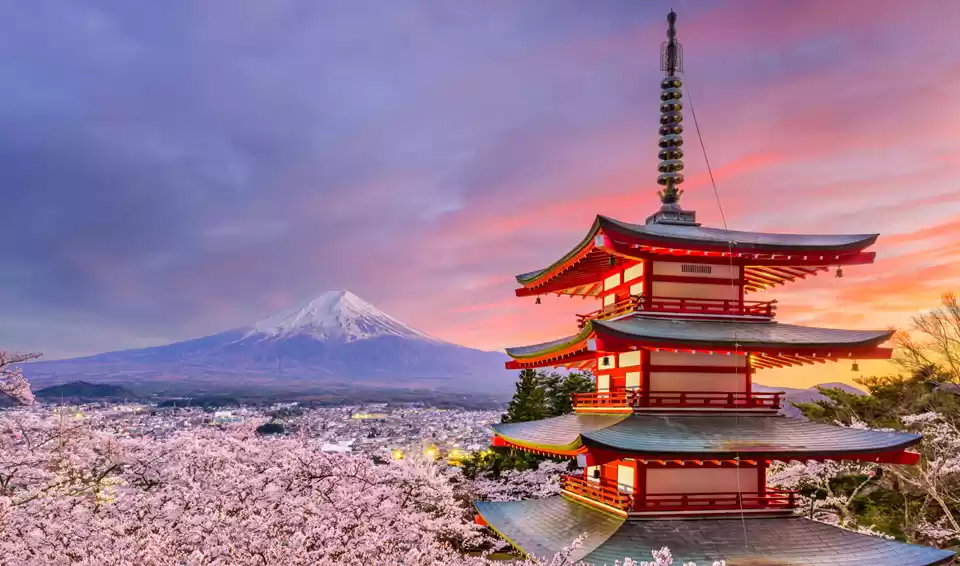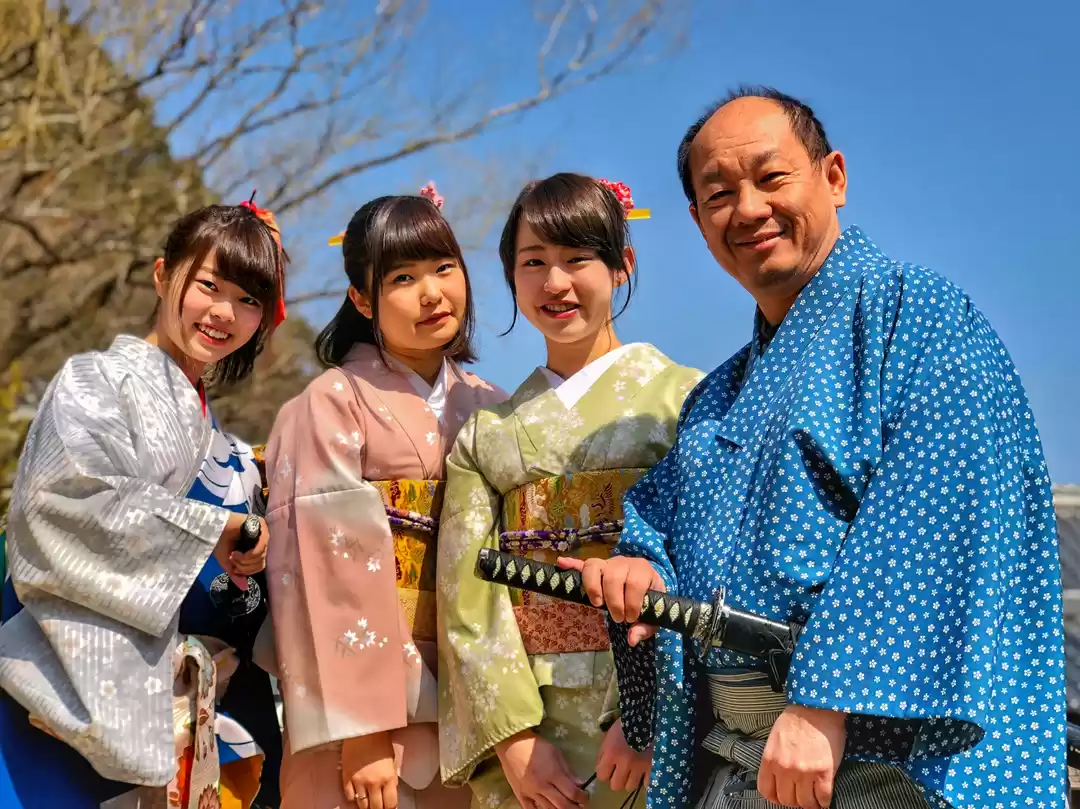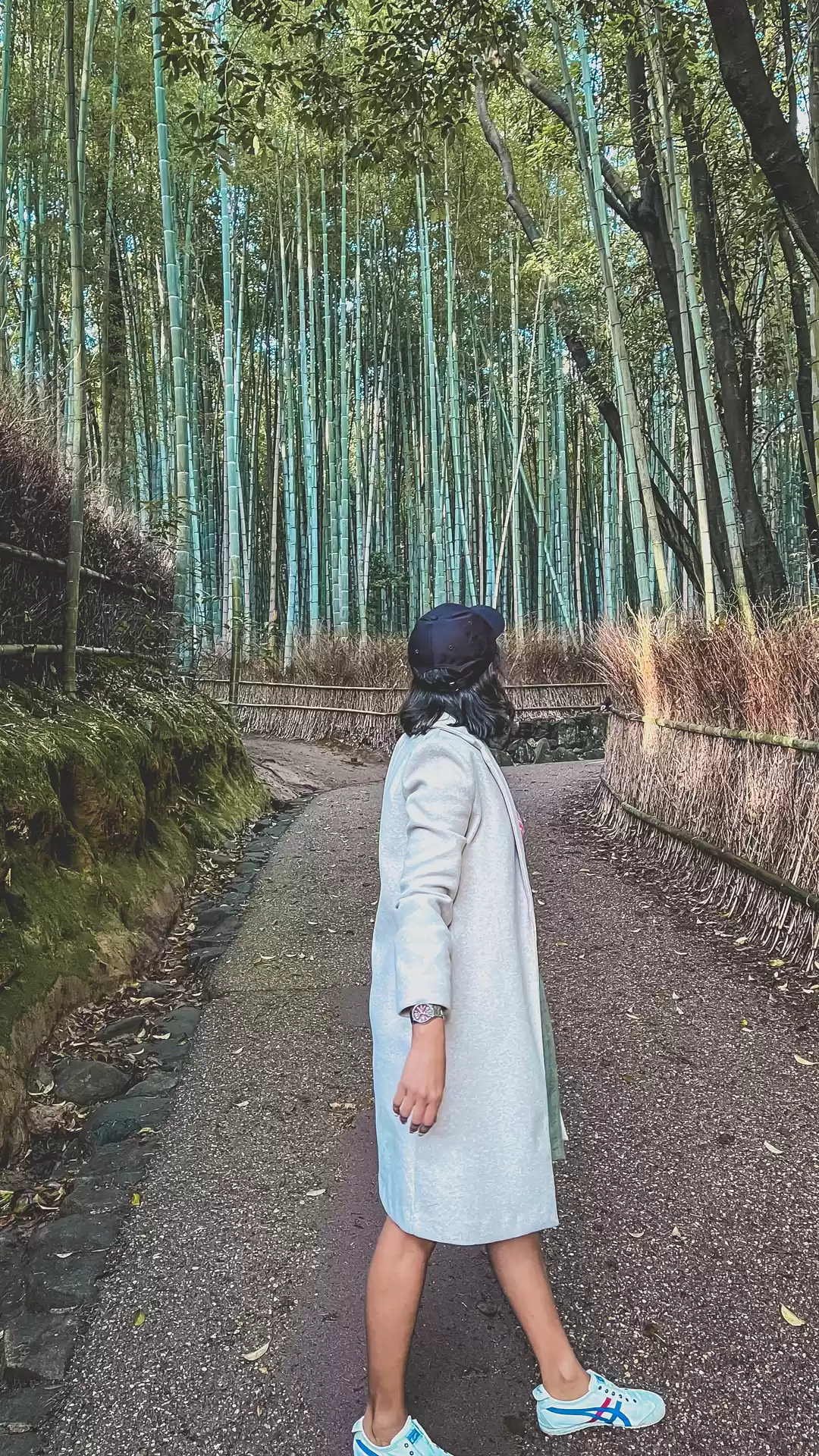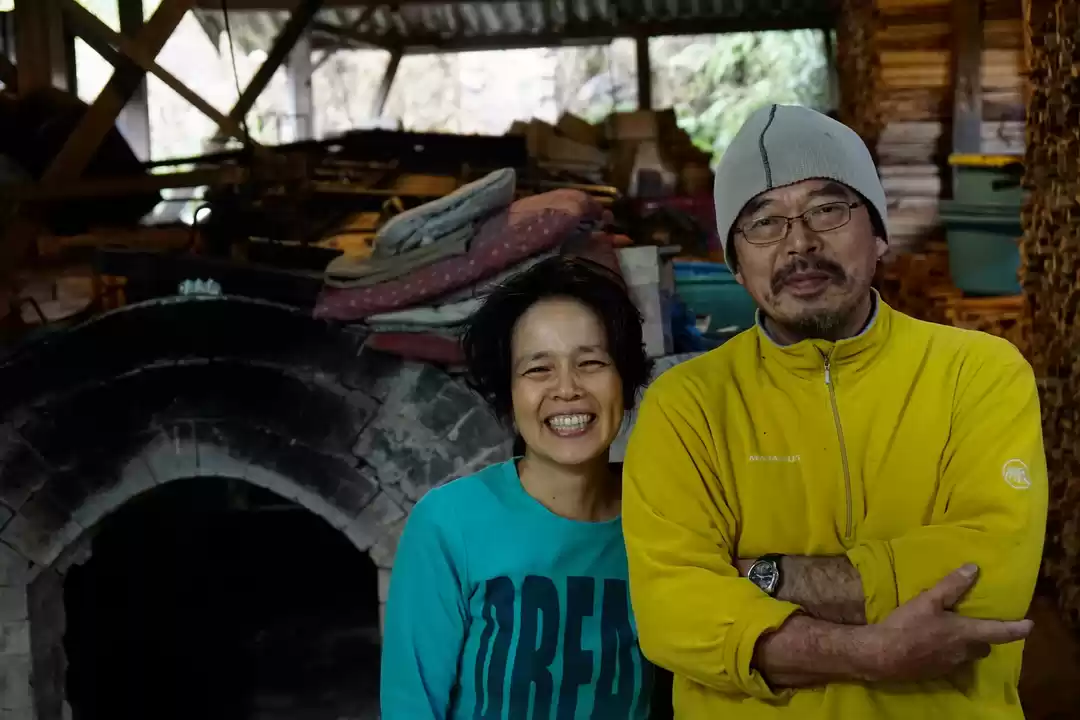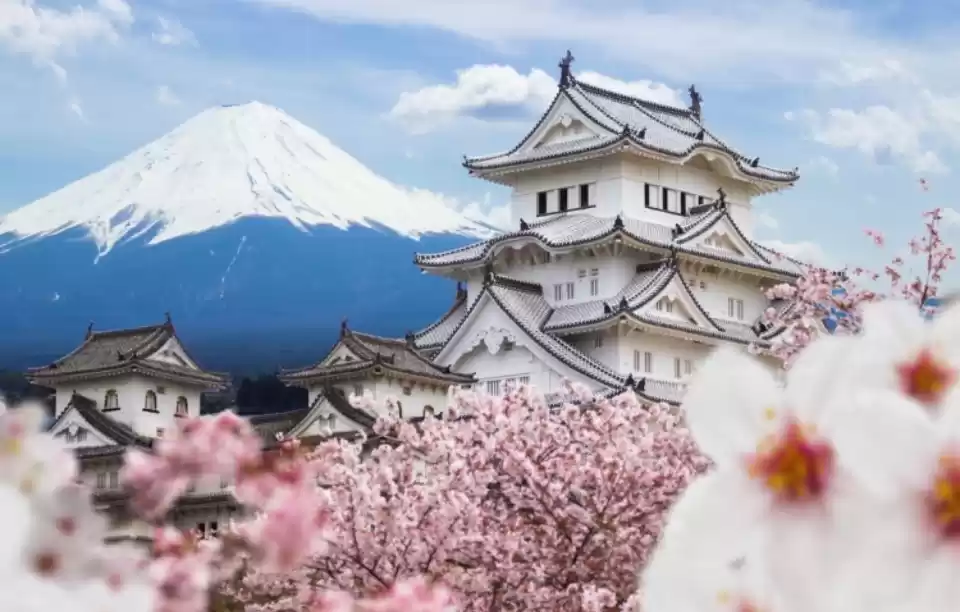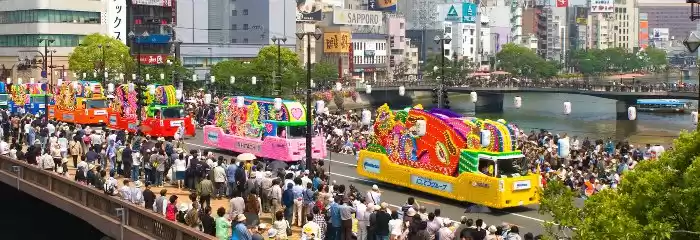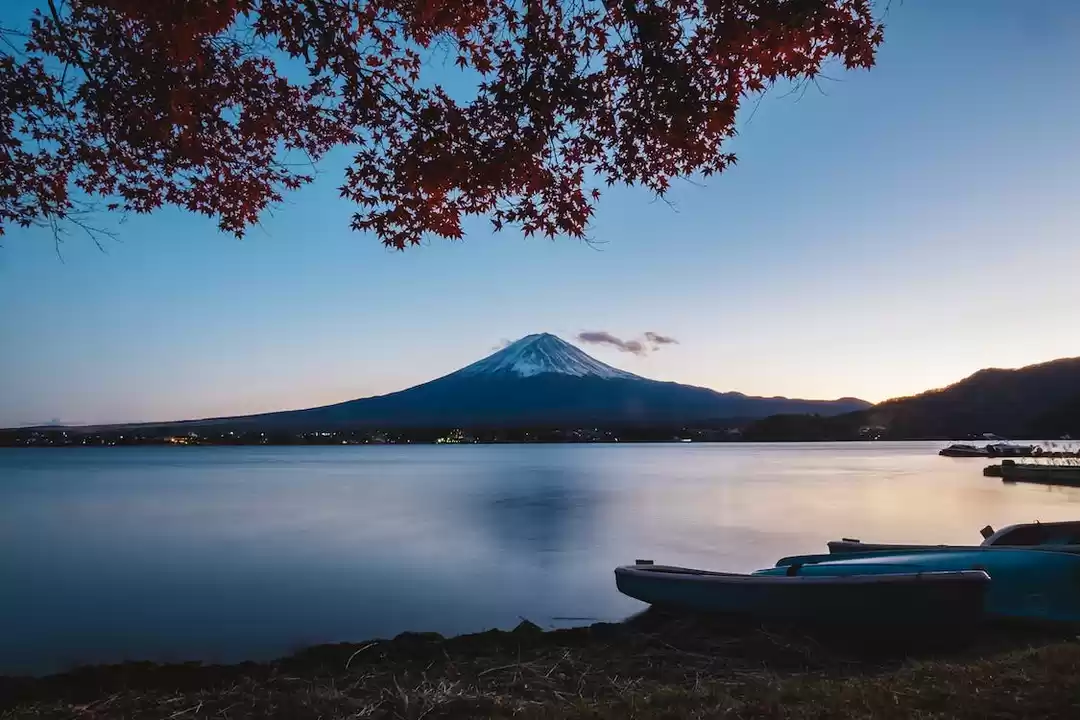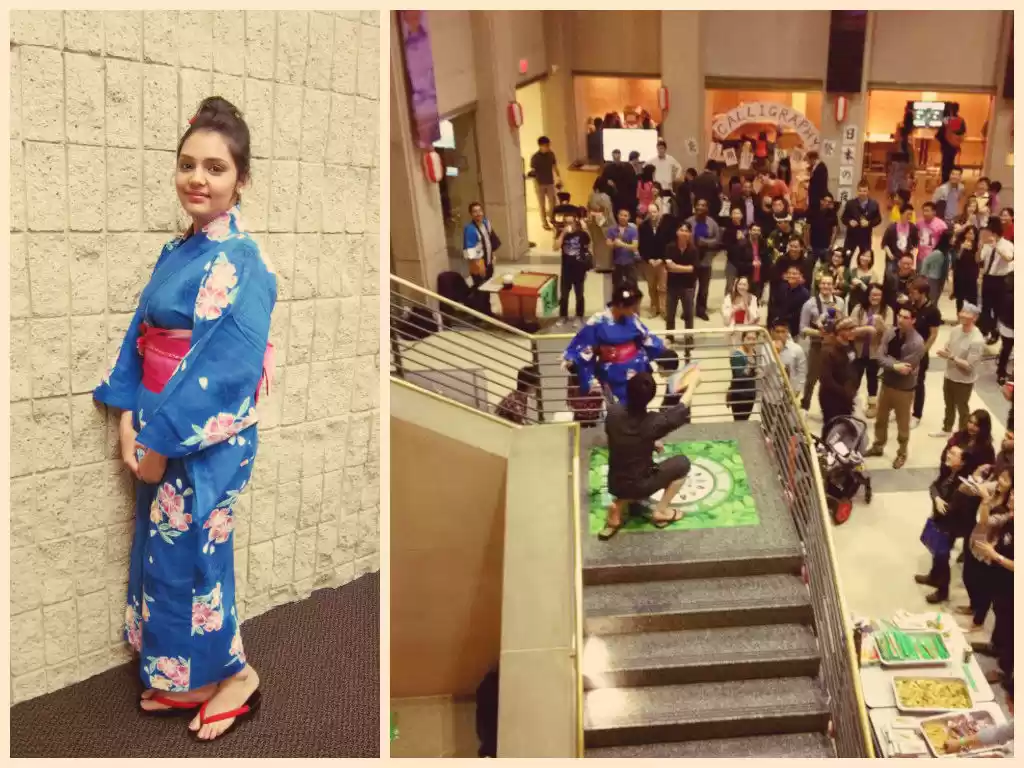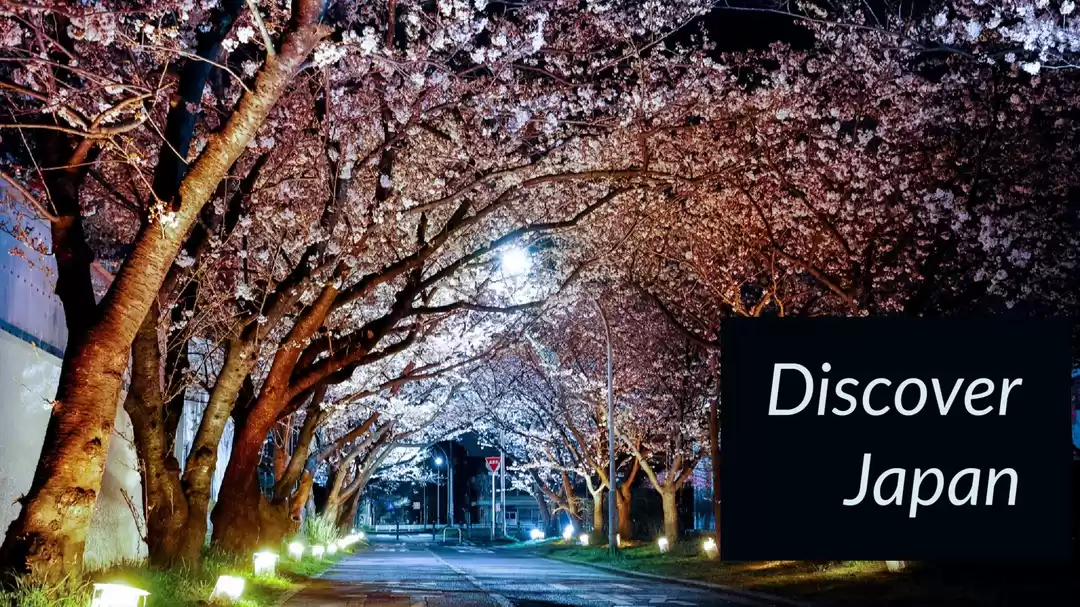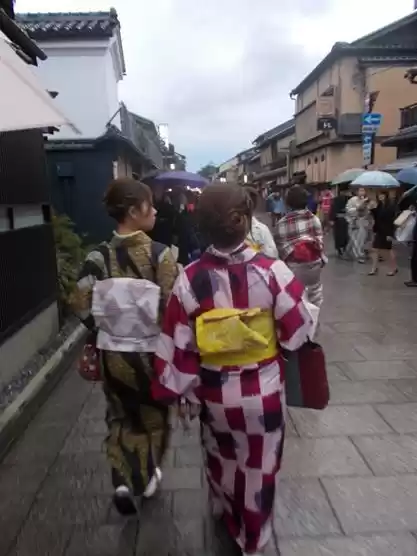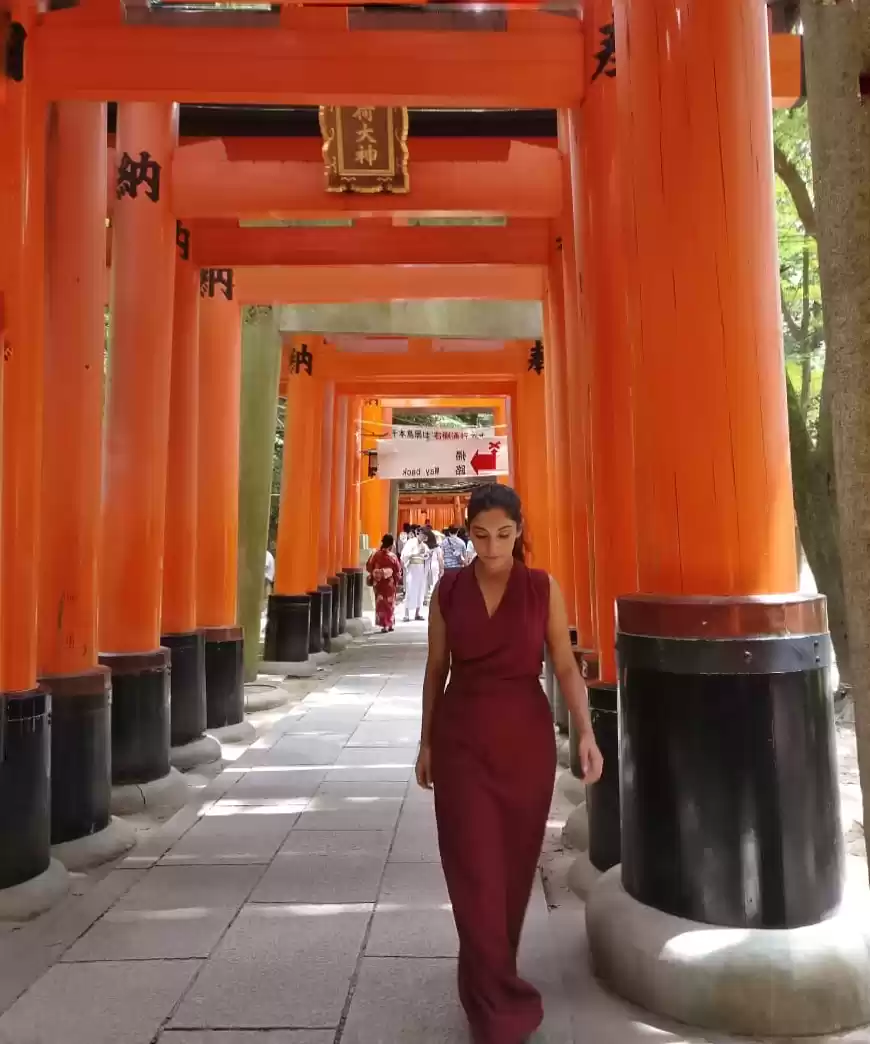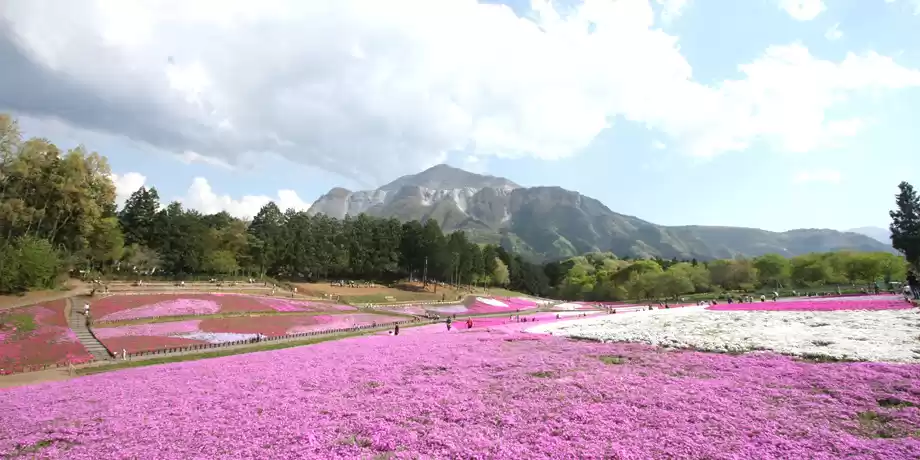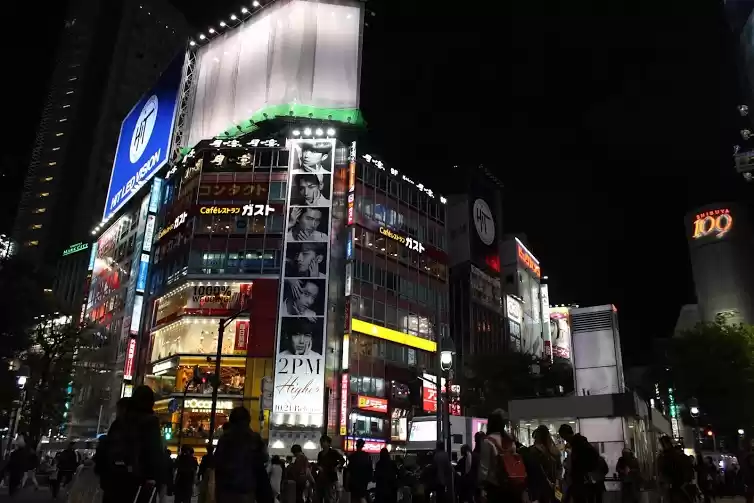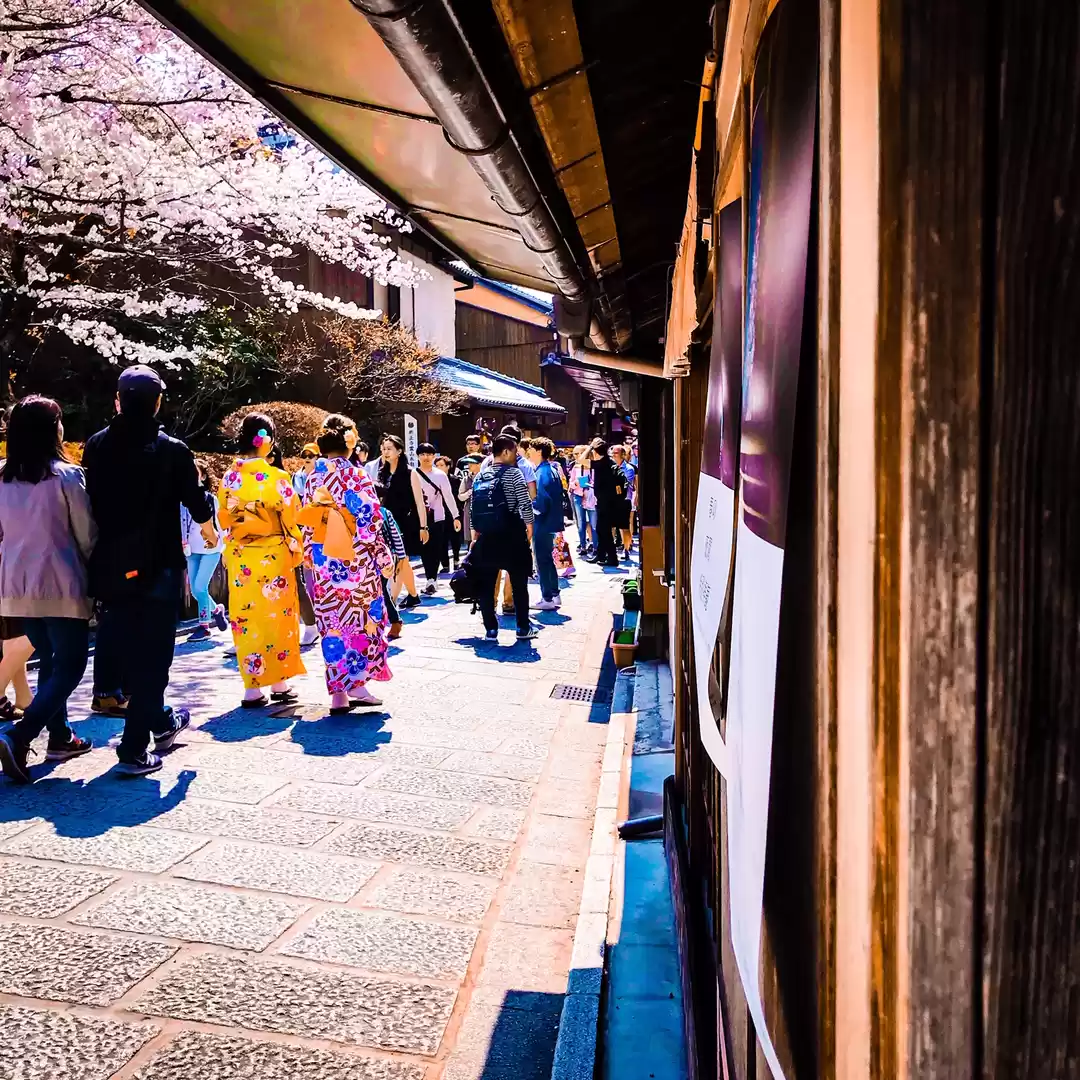
Understanding Culture and Etiquette is essential in Japan. By following them, you are able to scratch the surface and get a better understanding of the place and a sense of belonging. Empty your cup as you enter Japan, It has so much to teach and offer that it changes the way one lives.
Start By Saying Simple Japanese
A little effort always goes a long way, and u never know what you might get. My daughter got small souvenirs and free dessert for saying "Arigato gozaimasu" (thank you very much)

Greeting and Daily Conversation
Yes/ No ............................... Hai/ iie
Good Morning .................. Ohayo (gozaimasu)
Hello ..................................... Konnichiwa
Good evening…………….. Konbanwa
Goodbye……………………. Sayonara
Thank you…………………. Arigato (gozaimasu)
Excuse me………………… Sumimasen
I’m sorry.………………….. Gomennasai


Shopping and Eating
How much is it?……………………………. Ikura desu ka?
What do you recommend? …………… Osusume wa nani desu ka?
What is this? ………………………………… Kore wa nani desu ka?
Do you have --?…………………………….. – wa arimasu ka?
I’ll have this, please. ……………………… Kore o kudasai
Can I pay using my credit card?............ Kurejitto Kado de shiharai dekimasu ka?


Sight Seeing
Where is the - -? ………………………………. - - wa doko desu ka?
I want to go to - -…………………………........ - - ni ikitai desu
How long will it take?................................... Jikan wa dore gurai kakarimasu ka?
Could you please take my/our picture? Eigo wa hanasemasu ka?
I Lost my - -. ……………………………………… - - o nakushimashita
------------------------------------------------------------------------------------------
Blanks - -
Toilet.………….. toire Tourist Office …………… kanko annaijo
Station.……….. eki Hospital…………………… byouin
Bus Stop……… basunoriba
------------------------------------------------------------------------------------------
Pointers on Bathing Etiquette
Public baths are places to relax and heal your mind and body, so enjoy your time calmly and refrain from any public pool- type antics.
Wash before entering the bath
Wash face and body, then rinse off all soap before entering the tub. Enter naked, without wearing a towel, and enjoy soaking – only soaking.
No towels in the tub
Enter the bath slowly, to avoid splashing. As a matter of public hygiene, don’t put or let your towel into the water and, in general, follow common- sense manners as well as these etiquette pointers
Dry off after bath and before entering dressing room
Dry off with a towel in the bathing area, before entering the dressing room, to prevent the dressing room floor getting wet.
------------------------------------------------------------------------------------------
Onsen Faqs
Onsen water can be quite dense and the heat intense, so avoid getting dizzy by limiting your time: don’t soak too long (no more than 15 minutes). Immerse yourself up to neck or waist, no deeper, and be sure to hydrate before and after a bath.
Bath water may have some “floaties” that are natural mineral components, not trash or filthy bits, so don’t worry is something tiny comes your way.
------------------------------------------------------------------------------------------
Japanese Customs for Rooms and Meals
Please take particular care for characteristic Japanese culture and customs when eating meals or staying at a ryokan (Japanese – Style inns) which have a traditional Japanese atmosphere.
It is standard to remove your shoes in the entry hall before entering a room.
Bowls should be held in your hand when eating.
The bowl containing your rice as well as your soup bowl and other bowls should all be held in your hand while eating from them. Don’t squeeze the chopsticks too firmly, hold them vertically, cross them over, or stab your food with them.
Try wearing your yukata around the ryokan.
A yukata is a traditional type of Japanese clothing, often worn after bathing or while sleeping. Be sure to cover your body first with the right- hand side, the left-hand side. When staying at a ryokan, you’re welcome to wander around in yukata.
Simple Facts about Japanese – Style Rooms and Tatami Mats
A Japanese –style room is one laid with tatami mats. One appealing feature is the rooms may be used for many purposes, such as a living room, bedroom, or guest room.
Tatami mats provide japan-style flooring. The face of tatami mats is woven grass, meaning they are highly absorbent, warm in winter, and cool in summer. Their fragrance also has a relaxing effect
------------------------------------------------------------------------------------------


Shrine and Temple Etiquette
Shrines are dedicated to Shinto gods, and temples to Buddhist figures as bodhisattvas and various incarnations of Gautama. In both of these sacred places, you should move and act calmly and speak quietly.
Bow Slightly before entering a shrine’s tori or a temple gate
Rinse hands and mouth at the chozuya (ritual ablution pavilion)
Offering Ritual: Ring bell and toss money into offering chest
Shrine salutations: Bow twice, clap twice, and bow once to greet the deity
Shrine and temple Option: amulet or paper votive
After making an offering, many visitors stop by a building where votives and amulets are sold. You also have the choice, according to custom, to tie the paper votive on a branch of a tree—on temple or shrine grounds—or you can take it home.
***With Thanks to Japan Hakone Magazine





